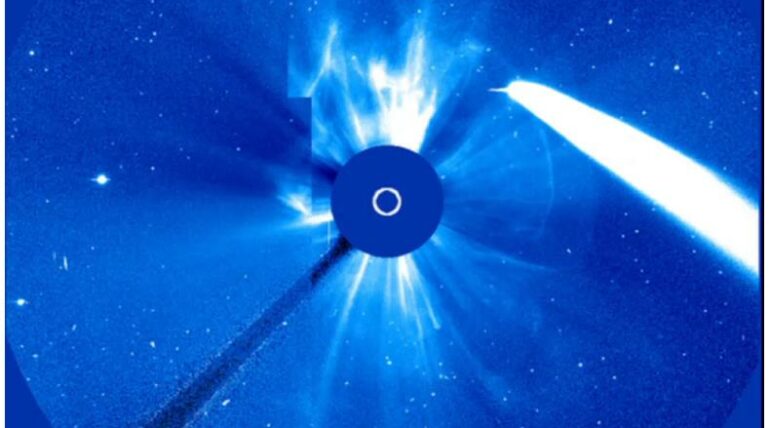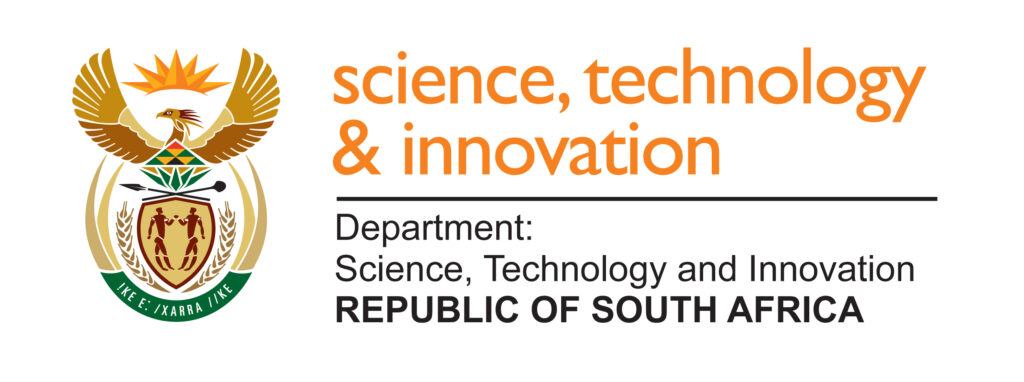
October 10, 2024
An Earth-directed CME is expected to impact Earth later today, Thursday 10 October 2024 and into tomorrow, 11 October 2024, causing a geomagnetic storm. The source of this CME was from an X1.8 flare which occurred on 9 October.
Should the abovementioned CME arrive later today into tomorrow, geomagnetic conditions are anticipated to range between G1/Minor-G2/Moderate storm intervals (Kp 5-6), with a chance of G3/Strong storms (Kp = 7) and a slight chance of G4/Severe storms (Kp = 8).
The Sun has been very active over the past two weeks with two significant solar flares observed yesterday on Wednesday 9 October 2024 – an X1.8 flare from sunspot AR3848 and an X1.4 flare from sunspot AR3843
Expected Impacts:
According to the NOAA (US National Oceanic and Atmospheric Administration) global scale for geomagnetic storms, the risks for a G1/Minor storm includes weak power grid fluctuations and minor impact on satellite operations. According to the NOAA scale, the risk for a G3/Strong storm includes increased drag on low-Earth-orbit satellites and corrections may be needed for orientation problems. Intermittent satellite navigation and low-frequency radio navigation problems may occur, high frequency (HF) radio may be intermittent. It should be noted that NOAA scale is global indicator of the storm levels, and the magnitude of the regional impact may differ depending on the local responses on the ground-based observation.
Delayed storm conditions
SANSA, in line with global forecasts, expected a G3 geomagnetic storm over the past weekend as a result of a CME produced by the X9 solar flare which occurred on 3 October. Geomagnetic conditions, however remained at normal levels throughout Saturday 5 and Sunday 6 October. On Monday 7 and Tuesday 8 October, geomagnetic conditions were elevated to G3/Strong levels. The reasons for this delayed storm arrival will be the subject of global research studies.
What is space weather?
Space weather is caused by four main components. Solar flares consisting of X-ray solar flashes, coronal mass ejections (CME’s), high speed solar wind, and solar energetic particles and refers to the effects that the Sun has on Earth and the planets of the solar system.
A CME is cloud of charged particles that is caused by an explosion on the Sun. When these charged particles enter the Earth’s magnetic field, is cause a geomagnetic storm. This causes the appearance of the auroras at the North and South poles.
Monitoring and Tracking space weather
SANSA monitors the impact of the storm as it arrives at Earth through a network of ground-based instruments over the African continent, the Southern Ocean and Antarctica. SANSA works with space weather centres across the globe to monitor these storms.
There is no way to prevent geomagnetic storms from impacting Earth, however, industries working with these technological systems can implement mitigating steps to minimise the impact.
For more information on daily space weather conditions, visit https://spaceweather.sansa.org.za/
The video showes the solar flare from 9 October. The white streak is a comet.


